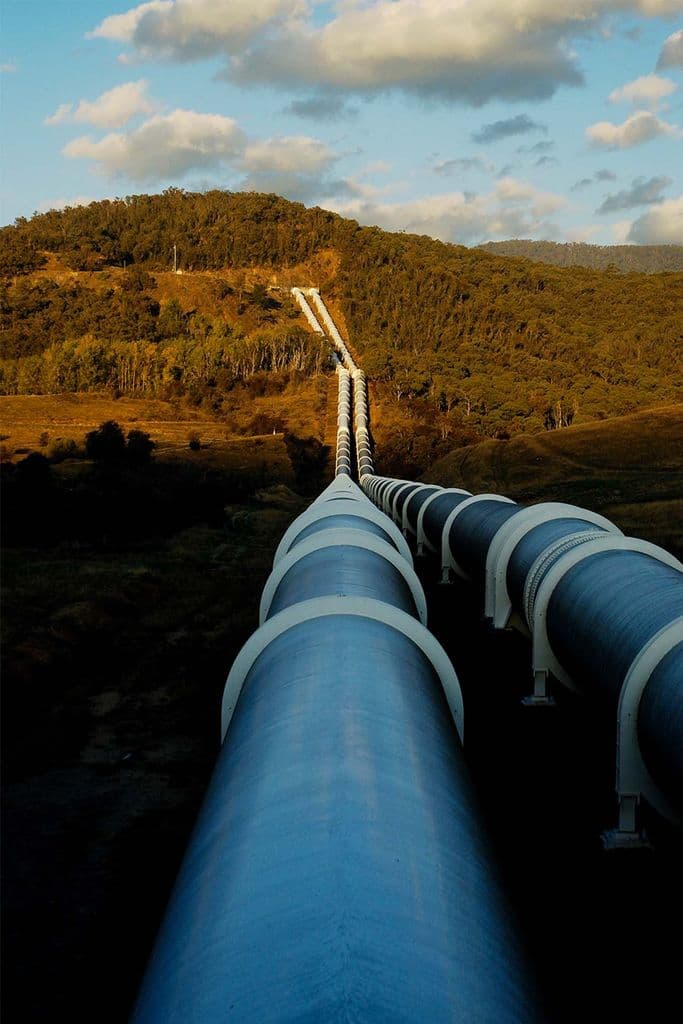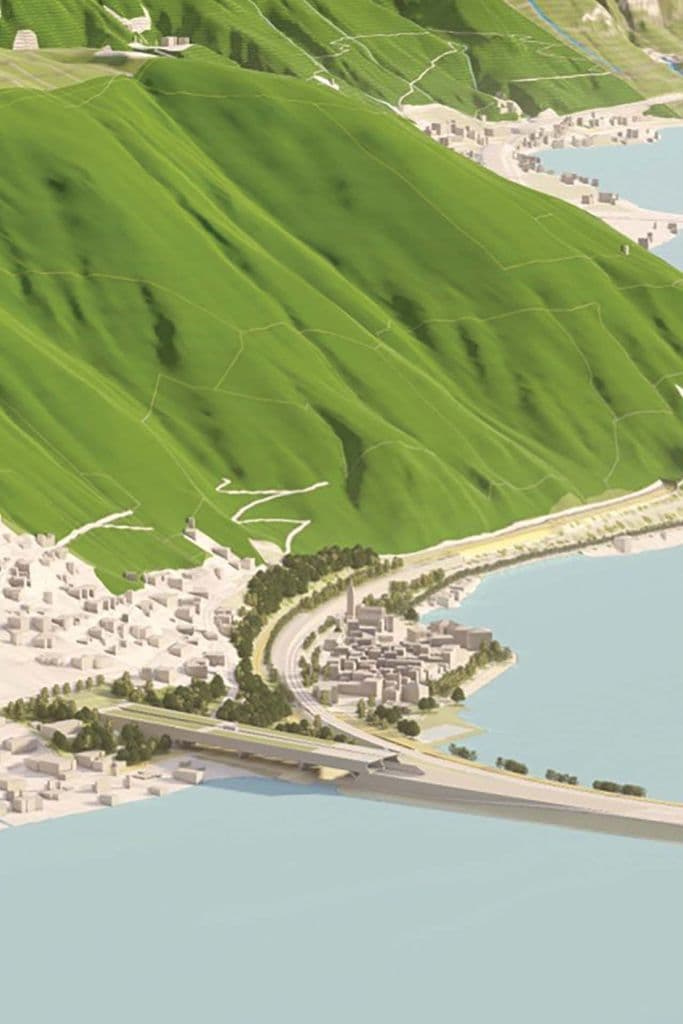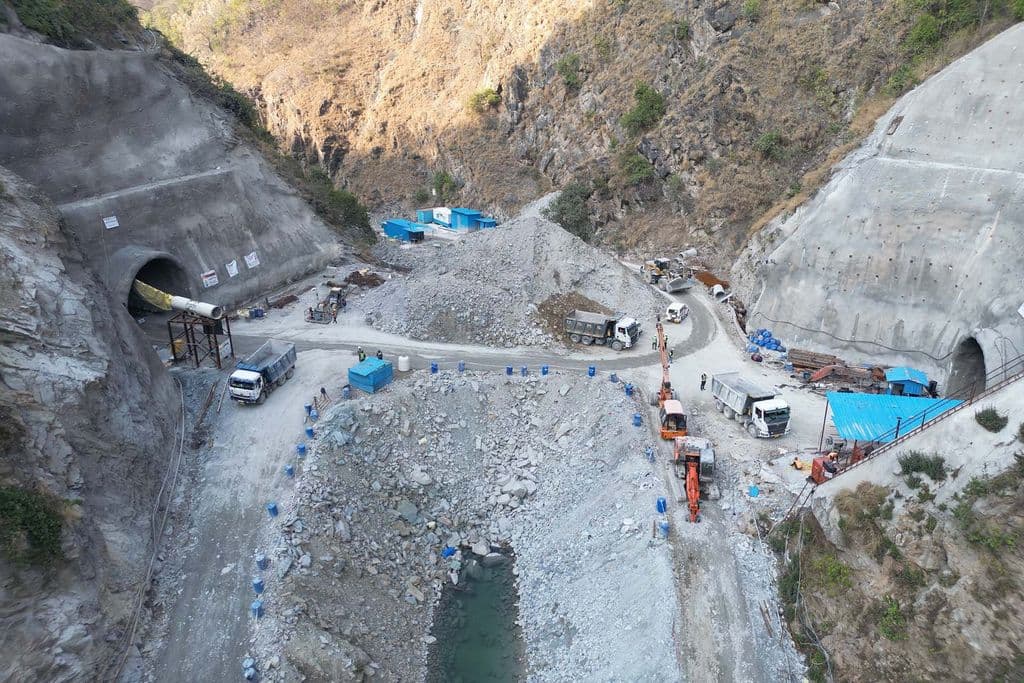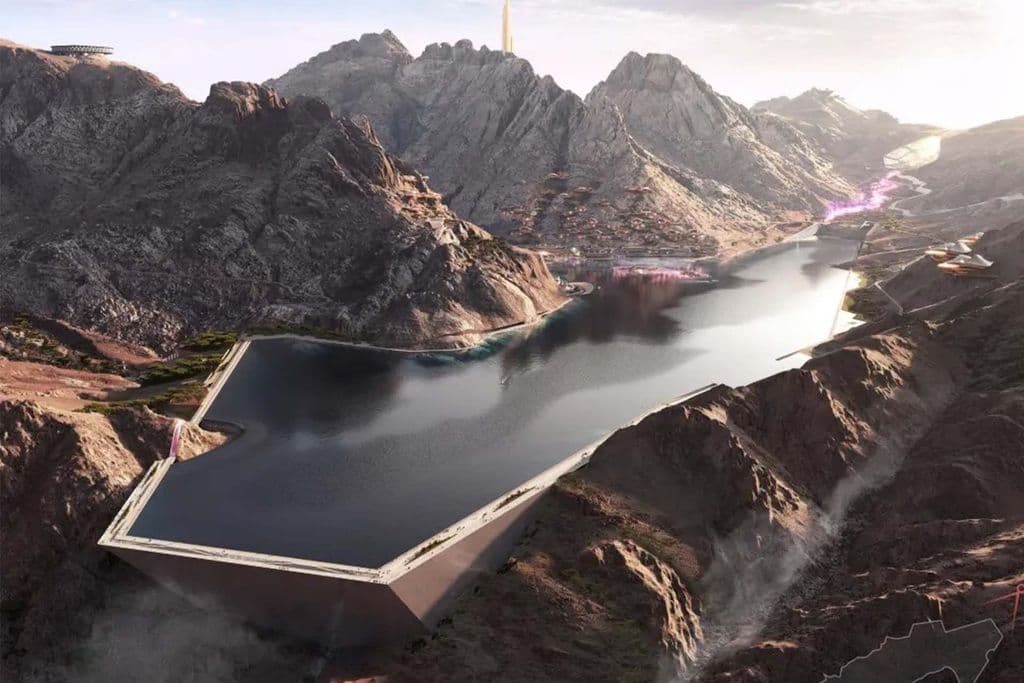
Domains
Buildings - civil engineering;Tunnel & Underground
Client
CERN (European Organization for Nuclear Research)
Time frame
Construction cost
€65'000'000
Services
- Design
- Construction management
- BIM
Phases
- Final design
- Tender design
- Construction design
- Preliminary design
- Construction
- Commissioning, completion
Services in JV with partners
The Project
The Large Hadron Collider (LHC) at CERN, located on the French-Swiss border near Geneva, is the largest scientific instrument ever designed and built for fundamental research. The High-Luminosity Large Hadron Collider (HL-LHC) is an upgrade of the presently operating LHC, aiding scientific progress by increasing its current performance ten-fold to further enhance its discovery potential. In order to accommodate the new technical infrastructure at the LHC’s Point 5 (which houses CMS, one of the two main detectors), it was necessary to construct new surface and underground structures, including a vertical shaft 80 m deep with an excavation diameter of 12 m, a service cavern 50 m long with an excavation area of 270 m2, 600 m of galleries connected to the LHC tunnel, and 14 vertical connecting cores. The first part of the vertical shaft was excavated in loose material using excavation buckets; the remainder was excavated in rock by mechanical means using a roadheader and rock breaker. The new surface structures consist of a number of technical buildings on the Point 5 site, constructed of mixed steel and concrete with a pre-cast façade.
From the origins of the universe to cancer research
From day one, the upgrade of CERN’s flagship particle accelerator captivated those who worked on it. They felt the significance of this pioneering research centre where engineers and scientists collaborated. CERN’s scientific campus and its accelerator complex are home to a range of discoveries, including the invention of the World Wide Web, the operation of a unique antimatter facility, and the experimental discovery of the Higgs boson —a scalar particle with zero spin that gives mass to all other fundamental particles. Excavation of the new underground areas for the HL LHC upgrade was done in molasse. The proximity to the existing LHC infrastructure called for leading technical solutions, such as a BIM interface. This enabled the generation and management of intelligent data used throughout the project’s life cycle. Project awarded by The International Federation of Consulting Engineers (FIDIC)

It was my first underground project, and I was able to explore different underground works within this complex context of existing scientific infrastructures
For me, CERN has always been a mysterious place, where large scientific experiments are carried out. Now, I can say that I’ve played my small part in developing particle physics research in Europe. The main objective of CERN’s HL-LHC project is to fully exploit the potential of the LHC infrastructure, to study the Higgs particle, and to test the Standard Model of physics to the highest accessible accuracy.




